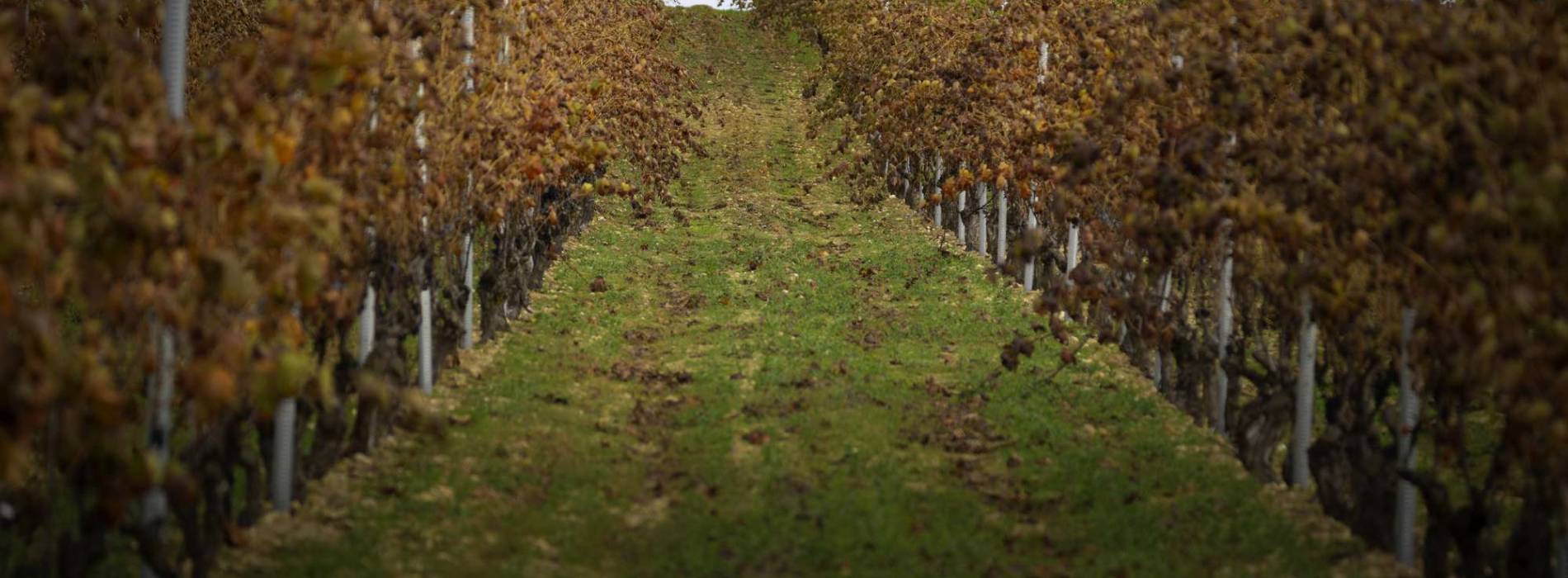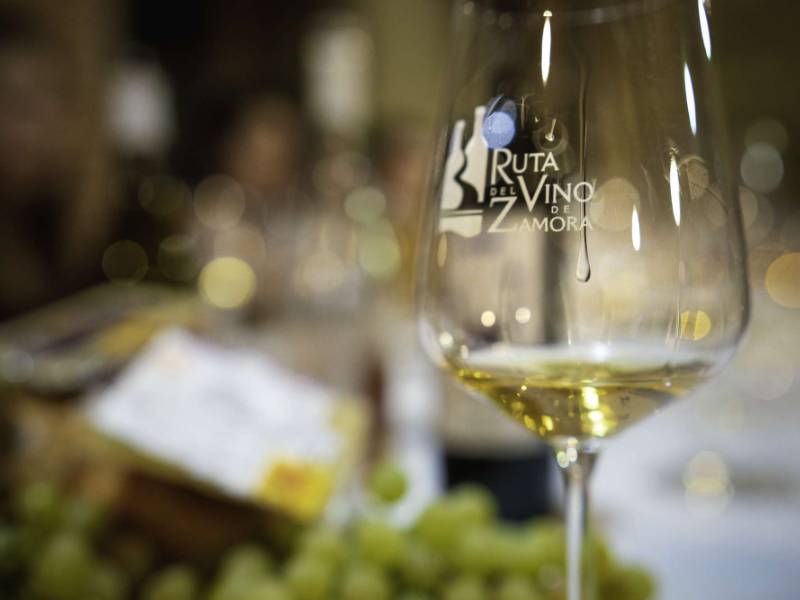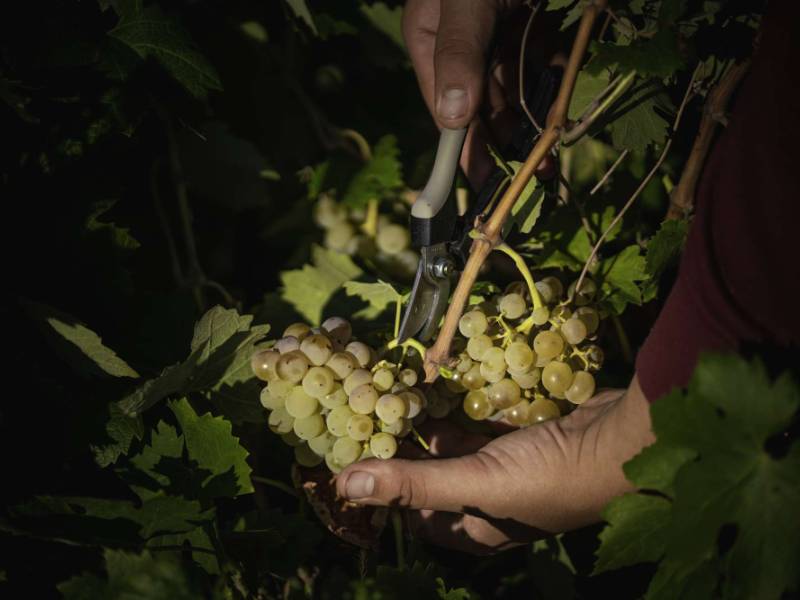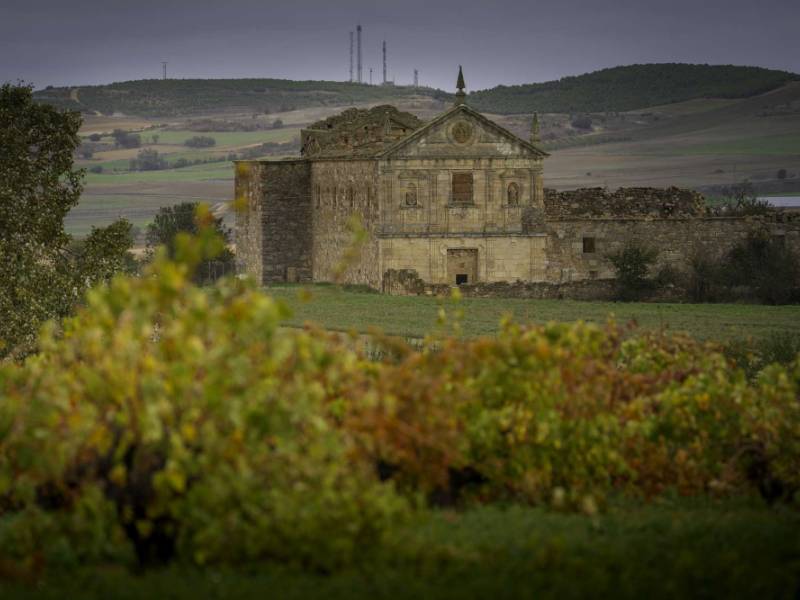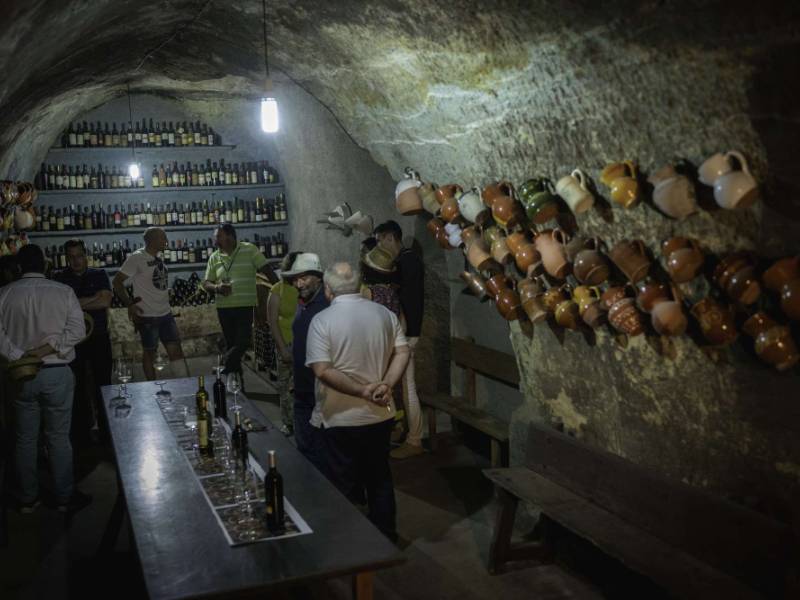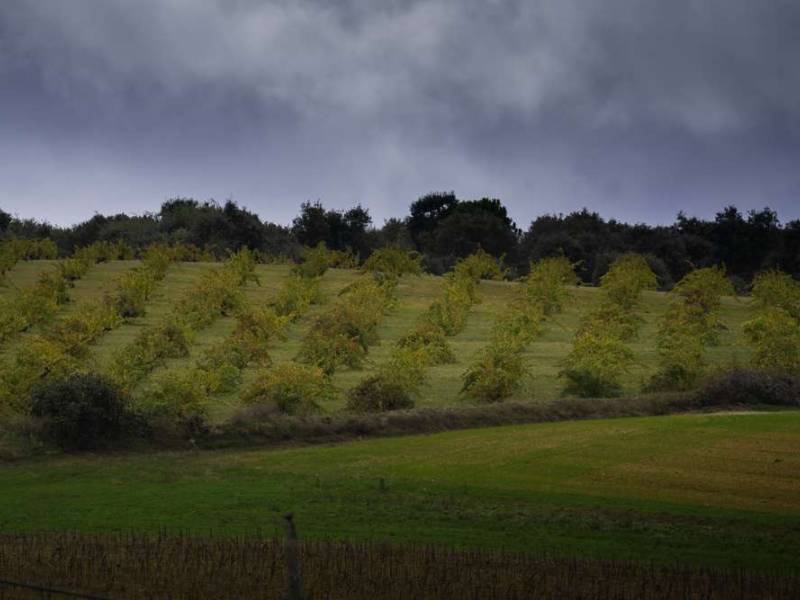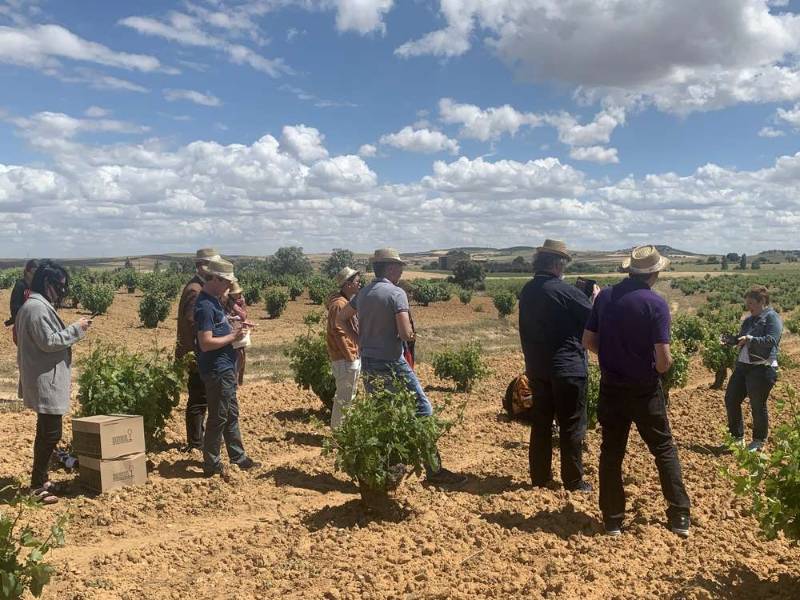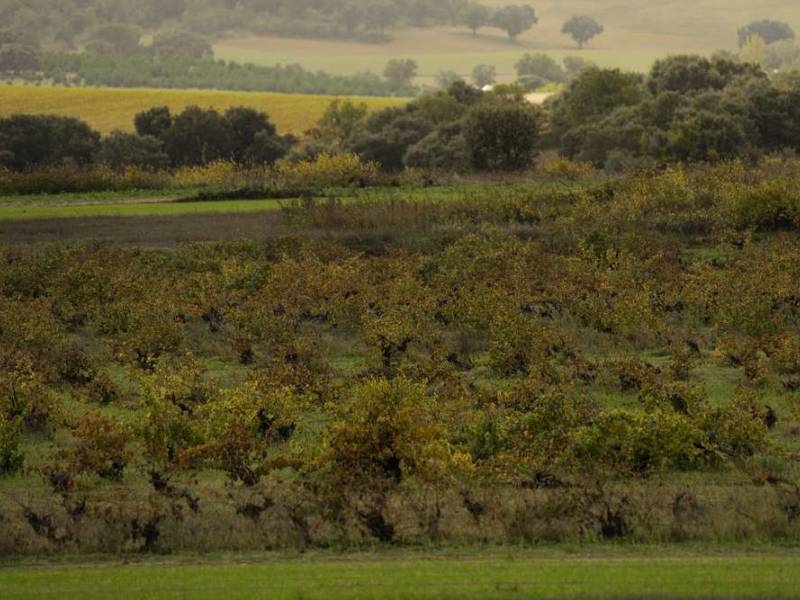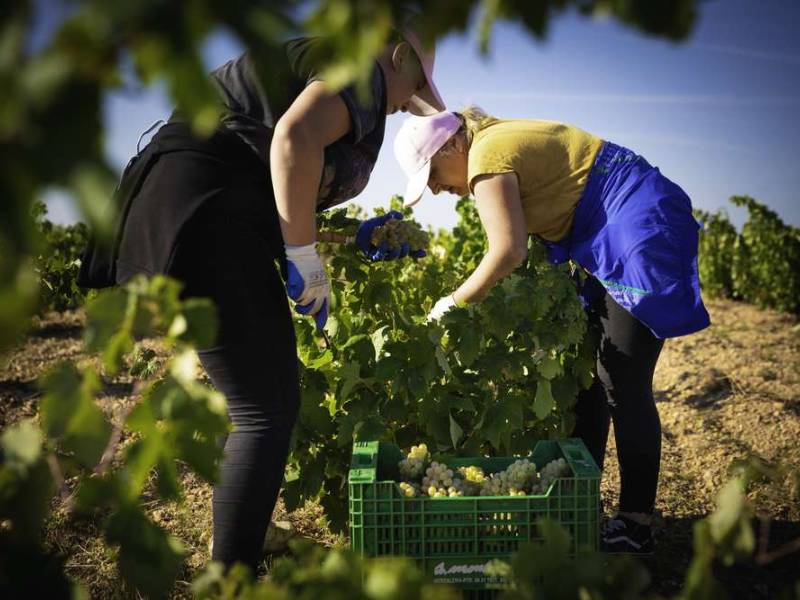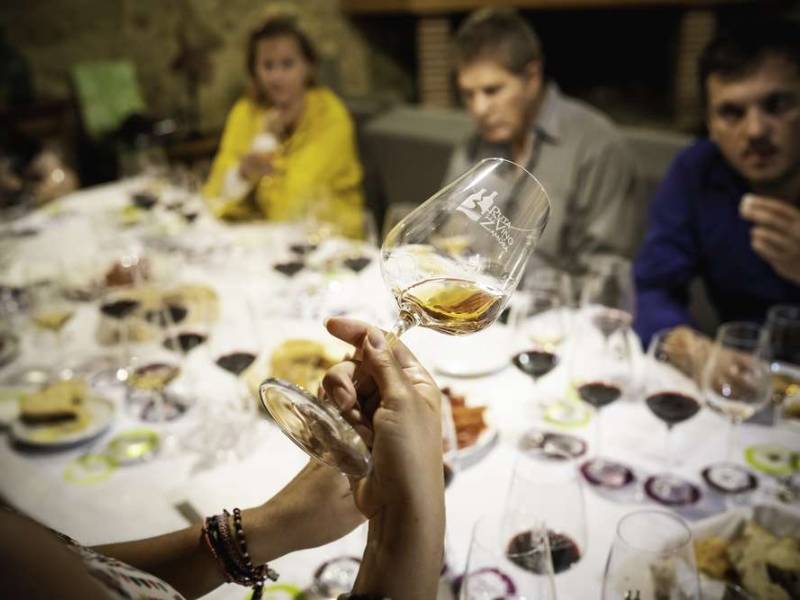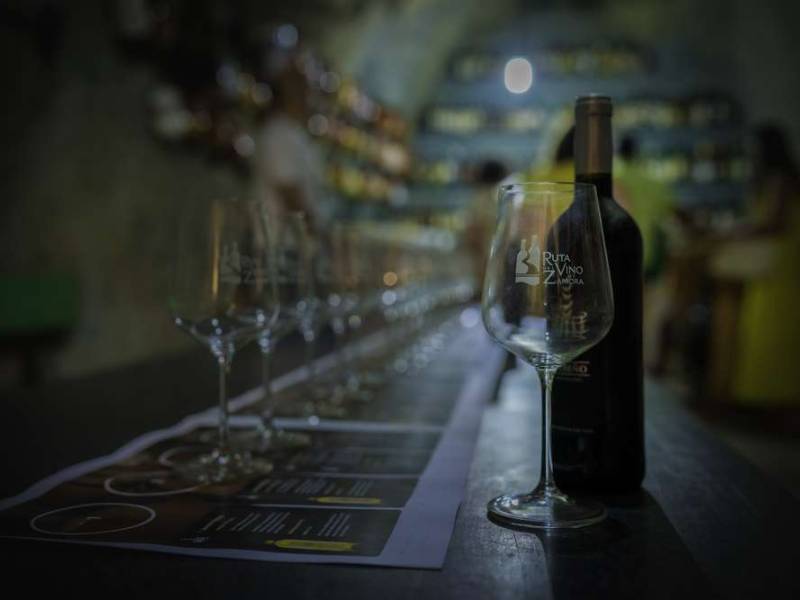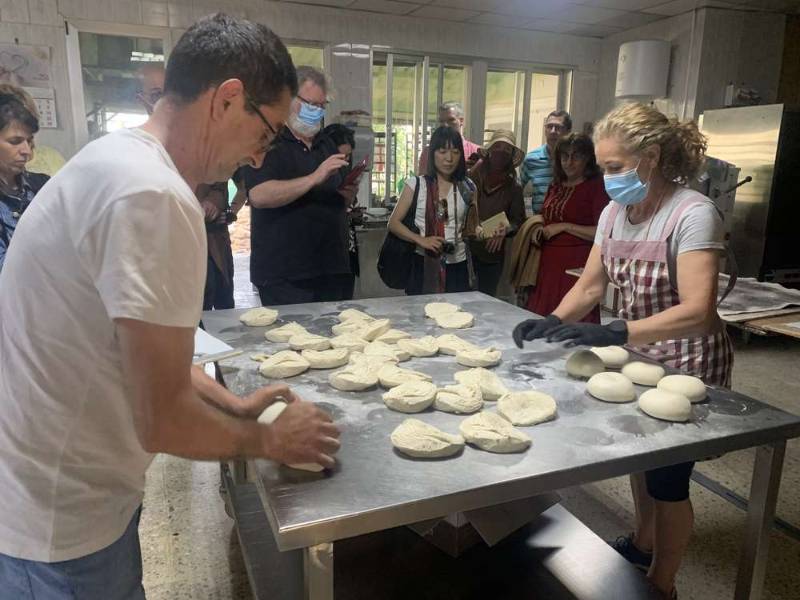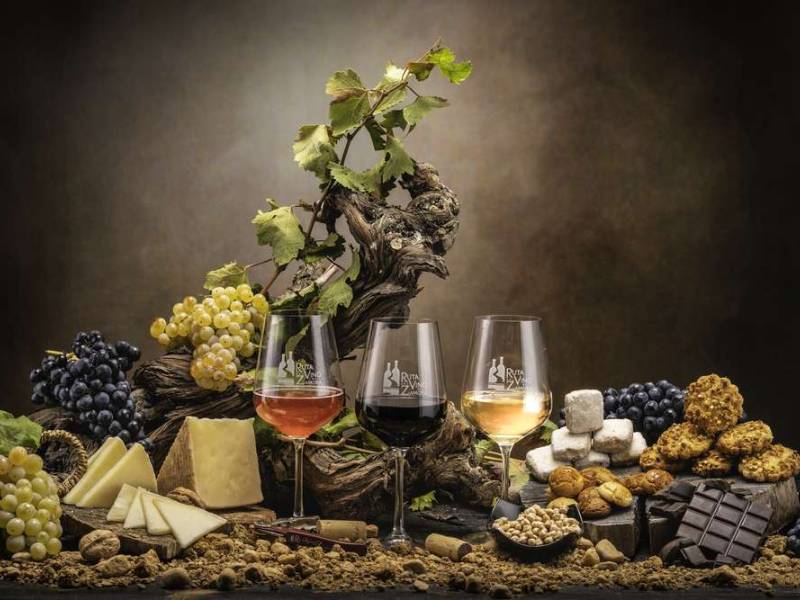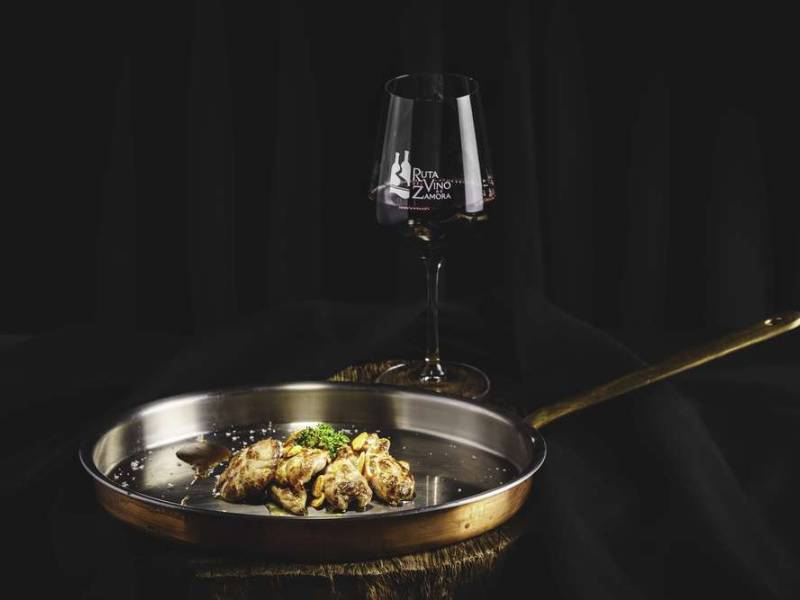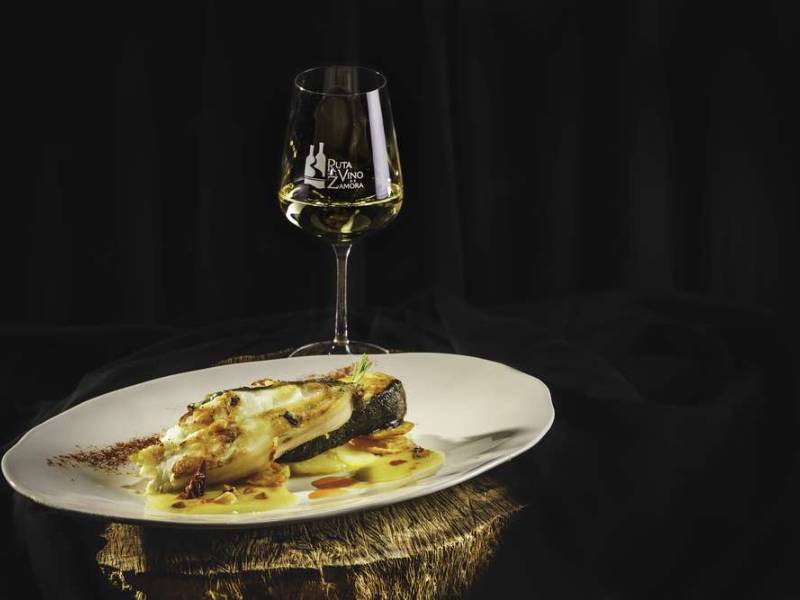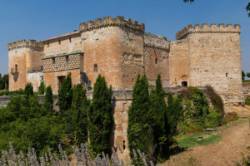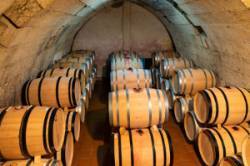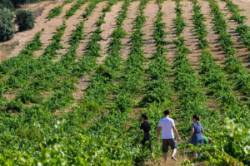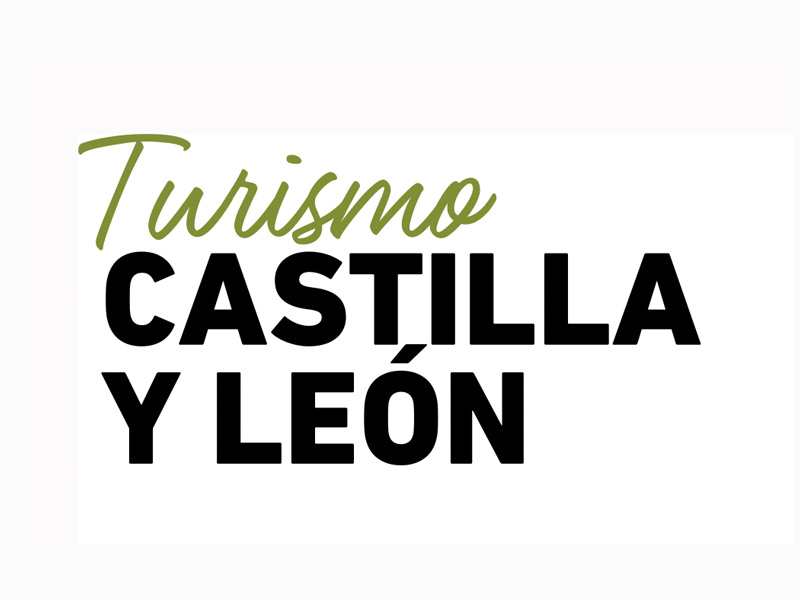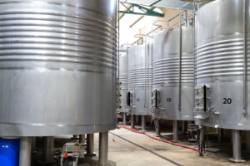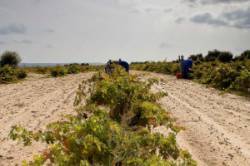Zamora Wine Route
- Position
- Salamanca province
- Zamora province
- Type of route
- Several days
- Web
- To know more
Located in the area of influence of the Duero River , and around the Vía de la Plata, the Tierra del Vino region extends over an area of almost 1800 km 2 distributed among forty-six municipalities in the province of Zamora and ten municipalities from the province of Salamanca . Discover its unique territories among centuries-old vineyards and traditional wineries that, even today, preserve the usefulness for which they were created, surrounded by a wide heritage , culture and tradition , nature and great small artisans.
, culture and tradition , nature and great small artisans.
Prepare your visit
What to see?
Data of interest
Associated wineries
- Vineyards of the Cenit Winery (Villanueva de Campeán)
- El Soto Wineries (Villanueva de Campeán)
- Sexmil Domain (Sayago Cabins)
- Vineyard Ver (Corrales del Vino)
- Guillermo Freire Wineries (Moraleja del Vino)
- Castillo de Buen Amor Winery (Topas)
Address and map location
- Postal address Plaza Mayor, 1. Villanueva de Campeán. NaN. Zamora
- Web
- Phones627 926 688
Discover the Zamora Wine Route
Those who travel paying attention to the details will find the Zamora Wine Route the ideal place to enjoy perfectly preserved spaces that maintain the essence of the past.
Learn about history through the different manifestations of art, from the Romanesque of the 11th century to the Modernism of the 20th century, discover the traditional wine-making cellars , which still today preserve the use for which they were designed, or enjoy the landscape traditional Castilian tradition, which combines the cereal fields with the centuries-old vineyards of the Land of Wine , are just some of the attractions that the visitor will be able to appreciate on the Zamora Wine Route .
, which still today preserve the use for which they were designed, or enjoy the landscape traditional Castilian tradition, which combines the cereal fields with the centuries-old vineyards of the Land of Wine , are just some of the attractions that the visitor will be able to appreciate on the Zamora Wine Route .
Active tourism has an important place on the Zamora Wine Route . Enjoying on foot, horseback or bicycle a natural environment that, following the life cycle of the species that comprise it, shows a different aspect in each season, can be complemented with various sports activities.
has an important place on the Zamora Wine Route . Enjoying on foot, horseback or bicycle a natural environment that, following the life cycle of the species that comprise it, shows a different aspect in each season, can be complemented with various sports activities.
Address and map location
- Postal address Plaza Mayor, 1. Villanueva de Campeán. NaN. Zamora
- Web
- Phones627 926 688
Do not miss
Don't miss the extensive cultural heritage of the Zamora Wine Route . In the capital, its buildings range from the Romanesque of the 11th and 12th centuries to the modernism of the 20th century. To which has been added in recent years, the offer of urban art. Part of the Vía de la Plata runs through the region, an important communication enclave built in Roman times to link the south of the Peninsula with the northern area. This route includes many of the municipalities in the region such as Cubo de Tierra del Vino, Villanueva de Campeán, Entrala, Corrales del Vino or the city of Zamora itself, called Ocellum Durii by the Romans.
Address and map location
- Postal address Plaza Mayor, 1. Villanueva de Campeán. NaN. Zamora
- Web
- Phones627 926 688
Local gastronomy
Gastronomy is an essential part of the stay on the Zamora Wine Route . You will be able to eat basic foods such as bread , exquisite traditional sweets , cheeses and sausages , legumes such as the Fuentesaúco chickpea; a sample of the good work of artisans, the knowledge and experience of farmers and ranchers.
These foods, certified with Guarantee Marks , Protected Geographical Indications and Designations of Origin , are the foundation of a traditional cuisine that the traveler can taste in the prestigious restaurants of the Zamora Wine Route .
The cuisine is typical traditional Castilian; spoon dishes and stews, roasted in a wood-fired oven (highlighting the suckling lamb, Guarantee Mark of Castile and León, or the Aliste Veal among others), grilled or grilled meats and fish, paired with DO Tierra wines Of the wine.
Address and map location
- Postal address Plaza Mayor, 1. Villanueva de Campeán. NaN. Zamora
- Web
- Phones627 926 688
Zamora Wine Route
Wine gives its name to this territory where vine cultivation was, until well into the 20th century, the main support of the rural economy, which still survives in its vineyards of old century-old vines. Located in the area of influence of the Duero River , and around the Vía de la Plata, the Tierra del Vino region extends over an area of almost 1800 km 2 distributed among forty-six municipalities in the province of Zamora and ten municipalities from the province of Salamanca .
Address and map location
- Postal address Plaza Mayor, 1. Villanueva de Campeán. NaN. Zamora
- Web
- Phones627 926 688

